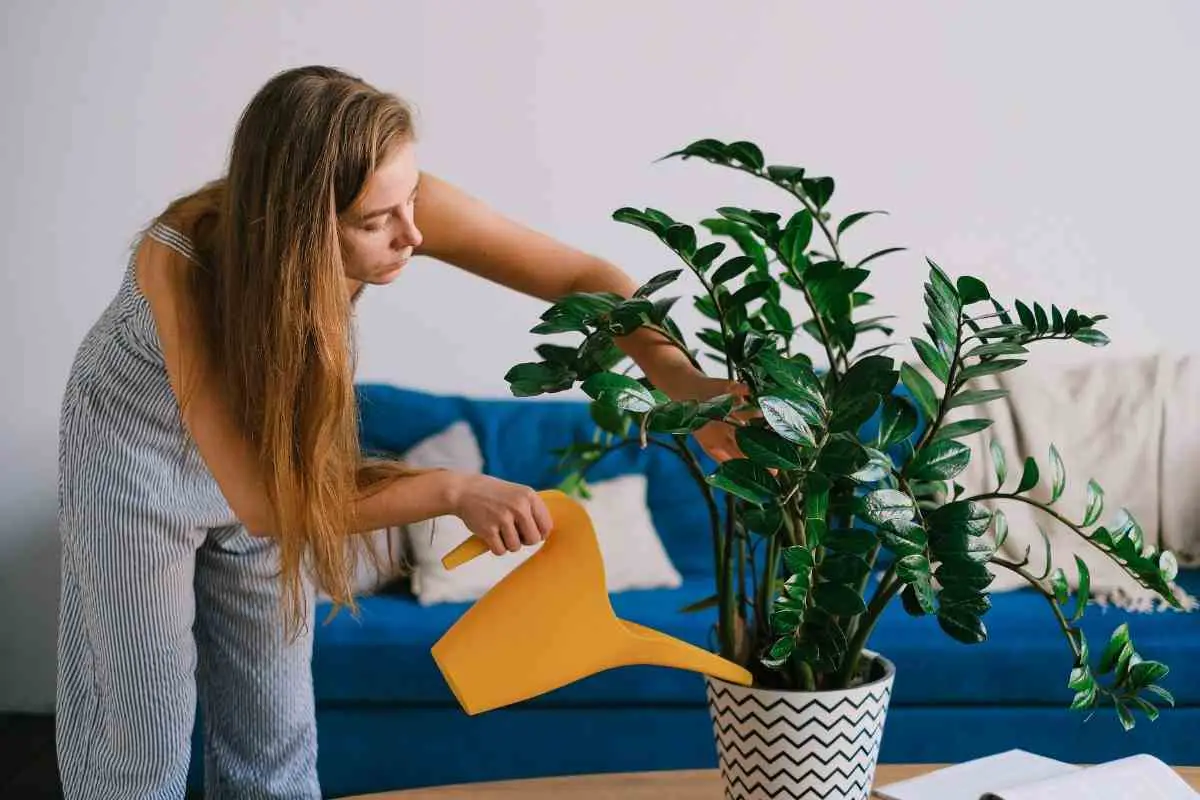Keeping plants well-watered may seem simple, but it requires attention to detail.
The common reason why plants die is due to improper watering. When you take proper care of your houseplants, they will flourish.
Wondering how much water per plant? Well, different plants require water in varying quantities.
To properly water your plants, ensure you feed them the right amounts and when necessary.
Good watering habits will keep them alive and healthier, longer.
Some small plants require about a teaspoon of water every day. Larger houseplants will need two teaspoons of water a day.
Plants will grow faster and better when they receive sufficient water.
Read on to get more details on taking care of your plants with suitable water requirements.
How Much Should I Water My Indoor Plants?
Indoor plants come in various types and thus, have different water needs.
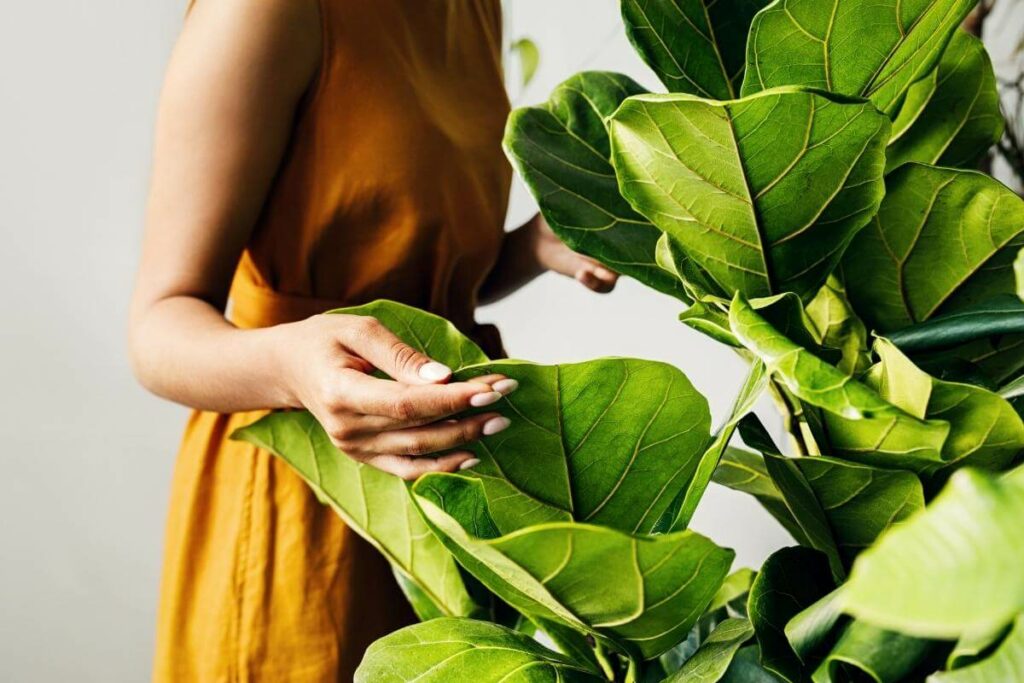
There are a few factors to consider when determining how much water your houseplants need.
They include the following.
Plant variety
Plants that do well in drought-prone areas and succulents do not require much water.
However, vegetables and plants that grow annually need regular water to survive until harvest. Some types of flowers also dry out faster.
Watering period
Water your plants in the evenings and early mornings, when the temperatures are cool or low.
The soil will soak in the water better and not dry out quickly, especially during hot days.
Exposure to Light
Plants that get direct light for more than 5 hours a day will dry out faster.
They require more water than those in dark-lit or shaded areas.
Type of soil mix
If the soil mix for your plants is a wide variety, it requires little water as the absorption rate is high.
Light soil or one mixed with rocks does not hold water well and will need regular watering.
Check the earth frequently to feel the moisture.
Size of the pot or planter
Small planters require more water, unlike those plants grown in large pots.
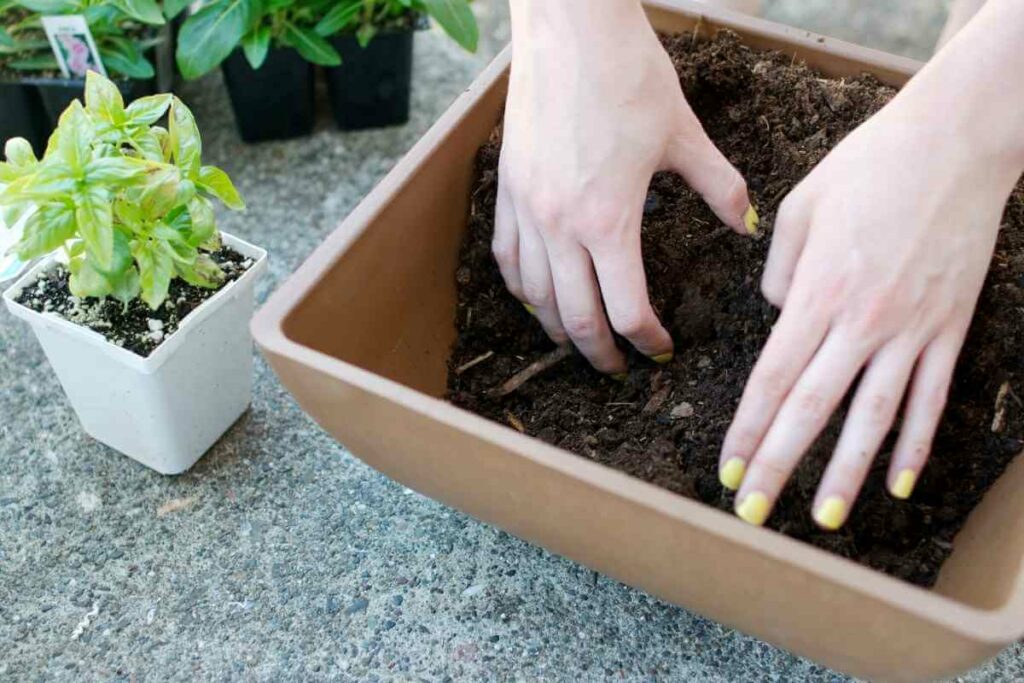
Pots with drainage holes also need extra water than those without proper drainage.
Home area temperature
If you live in a tropical region, your plants will need more water because the temperatures are high.
Seasons
During winter, plants do not need much water as they do not grow much.
A plant that requires water every seven days during the summer months may only need watering every 15 days during the cold months.
Quality of the water
Water varies in pH levels and mineral contents.

Water with abnormal pH and salt content may poison plant roots, discolor the leaves and eventually kill them.
If your water source is not ideal, consider installing a filtration system.
Alternatively, use distilled water for your plants.
Mulching
Having mulch on top of the plants may be necessary when the plants are young to encourage growth by retaining water.
However, top dressing your house plants unnecessarily can encourage overwatering as the soil dries out slowly.
Air humidity
If you use an air conditioning unit in your home, your plants will require water frequently as the air is usually drier.
Humidity is suitable for plants as it ensures enough moisture is needed to blossom.
Type Of Water For Houseplants
To give your plants a healthy and glossy look, water them using rainwater or distilled spring water.
Although tap water can be sufficient, sometimes it may contain harmful chemicals that can kill house plants.
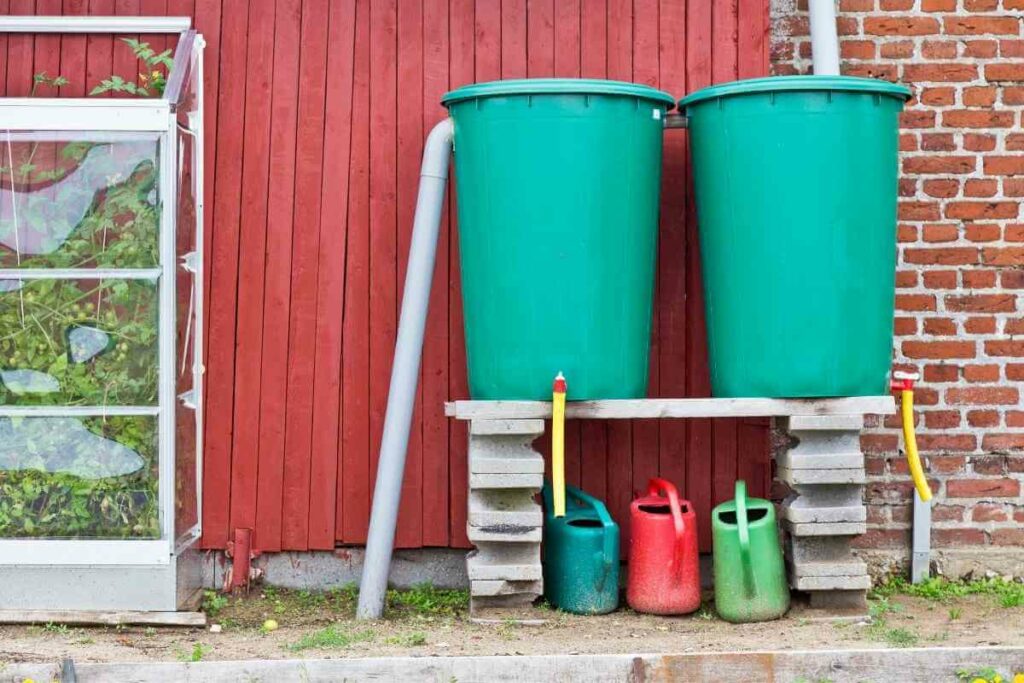
Rainwater contains essential minerals and has enough oxygen levels for healthy plants.
On the Other Hand – Distilled water goes through a preparation process that frees it of toxins. Both are excellent choices for watering indoor plants.
Hard water has a high salt content and minerals that build up in the soil. Although this build-up is not harmful, it may prevent the roots from absorbing all nutrients.
If you mainly get hard water, switch between distilled or rainwater to dilute the salts from hard water.
Do not use water with chlorine on plants as it is toxic. Signs that your water has chlorine are brown spots on the leaves and their tips.
Chlorine kills microorganisms and good bacteria in the soil, which is vital to provide rich nutrients for the plants.
Watering Outdoor Plants
Outdoors plants are exposed to all weather elements, and although most varieties are hardy, they require more water than indoor plants to grow well.
Like indoor plants, those that grow outside your home have varying water requirements.
To keep your outdoor plants well-watered, consider installing a drip irrigation system.
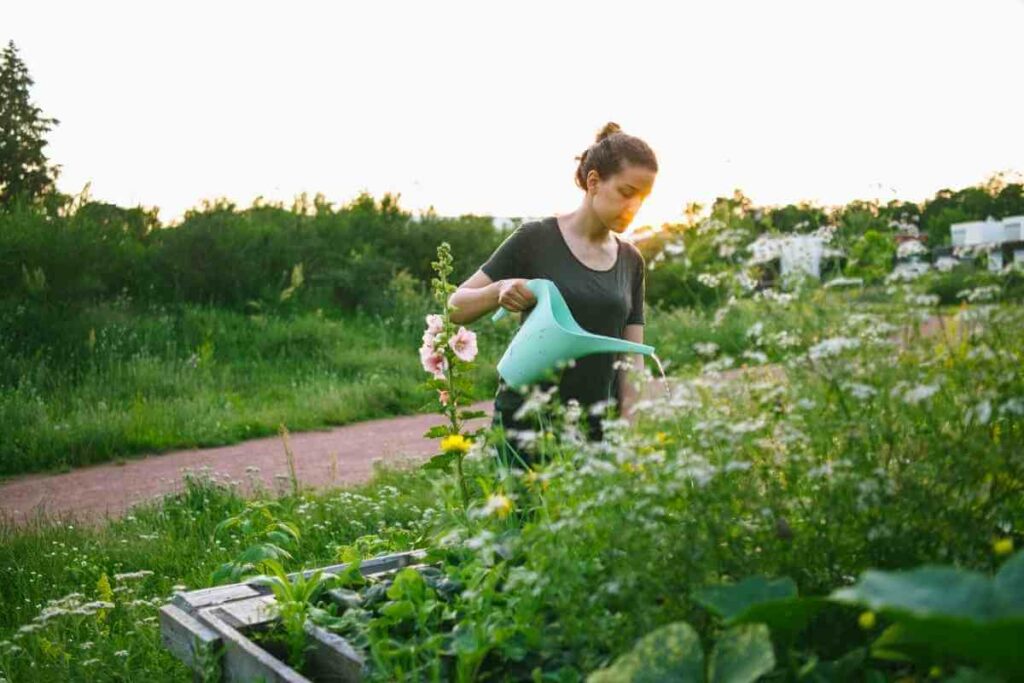
Your plants will get equal distribution of water throughout. The drips are slow and hence let the soil absorb the water well.
Lay mulching on top of the soil to prevent it from drying out quickly. Water the plants when outside temperatures are cool as the water will not evaporate fast.
Works Best – The ideal time to water plants is early morning or late evening to avoid drying out from direct sunlight.
How To Tell If A Plant Is Overwatered
Giving your plants little or excess water can kill them.
Moderate water is the key to a healthy plant.
The roots of plants breathe well in soil that receives adequate water. Too much water eliminates vapors in the ground, which choke the roots.
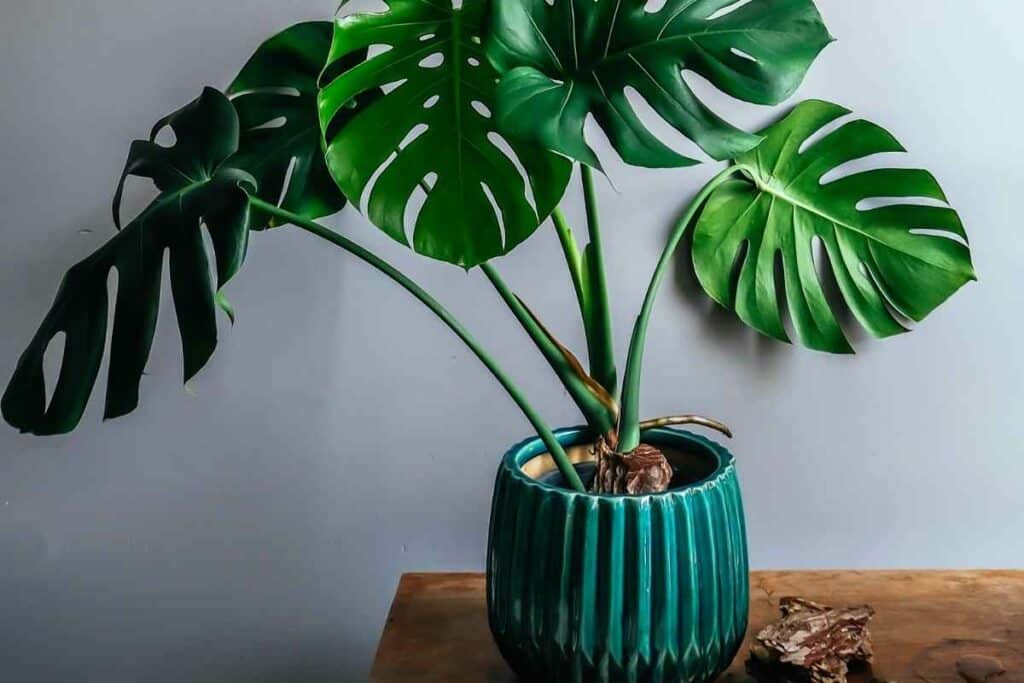
Signs that you are overwatering your plants may be similar to those of plants receiving little to no water.
They are:
- Droopy or wilting leaves
- Roots appear rotten or are no longer growing
- Leaves at the bottom of the plant start turning yellow or light brown
- The plant stops producing new buds
- The topsoil changes color to a deep green due to the growth of algae
To avoid overwatering the plants:
- Ensure there is good soil drainage
- Give your plants time to absorb the previous water before adding more
- Always touch the soil to feel if there is enough moisture, and only water if it feels scorched
How Long Should Soil Stay Wet After Watering?
Well-watered soil stays wet for about 4 hours.
After that, the earth should remain damp for almost a day.
Soil with sufficient water has a darker appearance and a robust wet smell. However, the absorption rate of moisture and retention depends on the soil type.
Plant your houseplants in soil that drains well and is rich in nutrients. Consider purchasing a soil moisture gauge to monitor how wet the earth is.
From Experience – It will help you adequately monitor your plant’s water needs to prevent rot and death from lack of water or excess watering.
How Long Should Plants Be Watered?
It will help if you water plants until the water gets to the roots.
Every time you water the plants quickly, the water only gets to the topsoil.
When watering your plants, please give them a steady trickle for a few minutes. Ensure water distribution is even around the plant by having all the soil soaked.
Watering one side only hinders the roots from evenly absorbing proper nutrients, killing the plant.
Installing an automatic drip irrigation system can help you water your plants effectively.
Newly grown plants require about 10 minutes of watering after you plant them.
How To Water A Potted Plant
The best way to water your potted plants is by using a watering can or a garden hose with a shower sprayer.
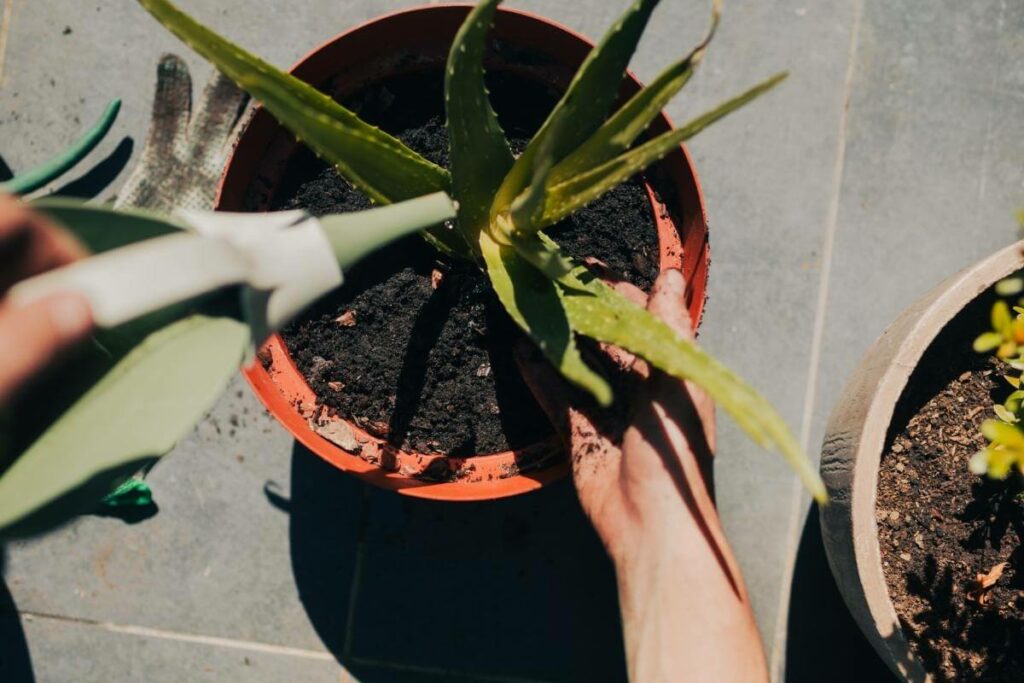
The water reaches the soil and roots evenly for proper nutrition.
Keep watering the plants till the excess water starts running off the drainage holes in the pot.
Tips to keep your potted plants healthy through watering are:
- Take the time to learn about the water requirements of the variety of plants you pick for your home. Plants that flower every year require moist soil, unlike succulents which need dry soil and infrequent watering.
- Use suitable soil in the pots. Well-draining earth that has the ideal nutrients is usually perfect. Buy potting soil infused with fertilizers from gardening stores. Avoid using soil dug out from your garden as it may contain pests and soil diseases.
- Pick suitable pots and containers. Choose the correct size and material of pots that allow air circulation, water retention, and excess water drainage at the bottom. Baskets do not hold water and dry out your plants faster than clay pots. Metal pots cause the soil’s temperature to rise, killing the roots from insufficient water.
- Frequently feel the soil in the pots to check the levels of moisture. Water the plants depending on how the earth feels. The topsoil might sometimes feel dry to the touch, but humidity is usually a few inches deeper. Be cautious to avoid overwatering or underwatering the plants.
How Long Can Plants Survive Without Water?
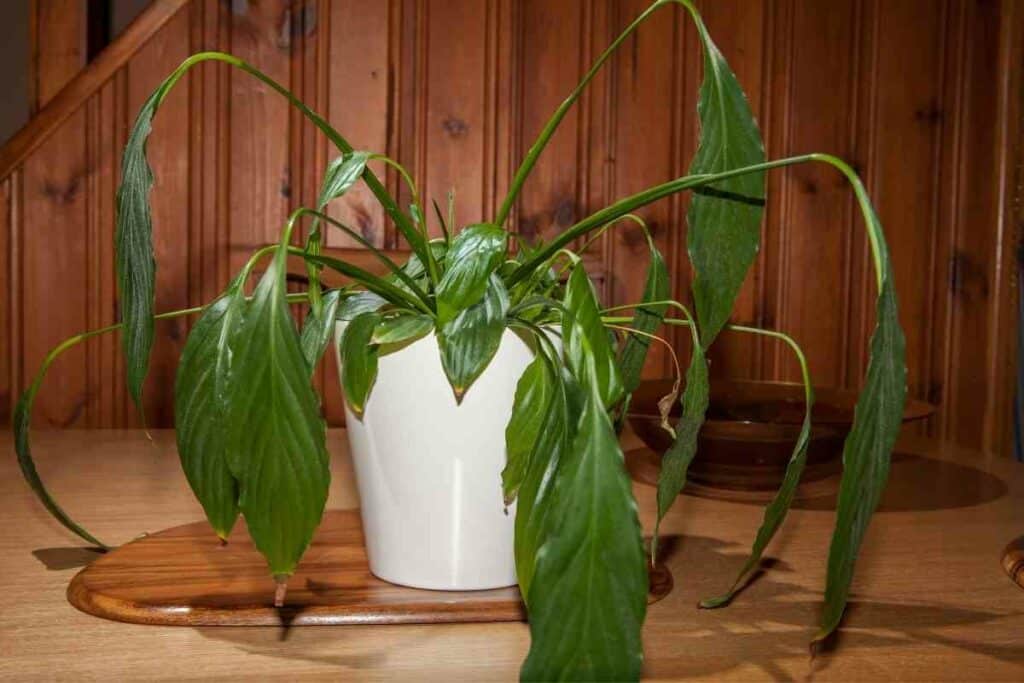
Most plants can survive between 1 to 4 weeks without water, depending on the:
- soil
- plant type
- container size
- and season
All plants require water to grow healthy. If you do not water your plants as needed, they will wilt and eventually die.
You can gently spray the leaves of large plants during watering, especially if you live in a dry area.
The water refreshes them and washes away any residue from pesticides.
Dry out the leaves as excess moisture on foliage can encourage the growth of fungi.
Watering Hanging Plants
Hanging plants make a mess, especially if they require regular watering.
To protect your floors and keep the water in the soil, tie water collecting saucers at the bottom of the pots.
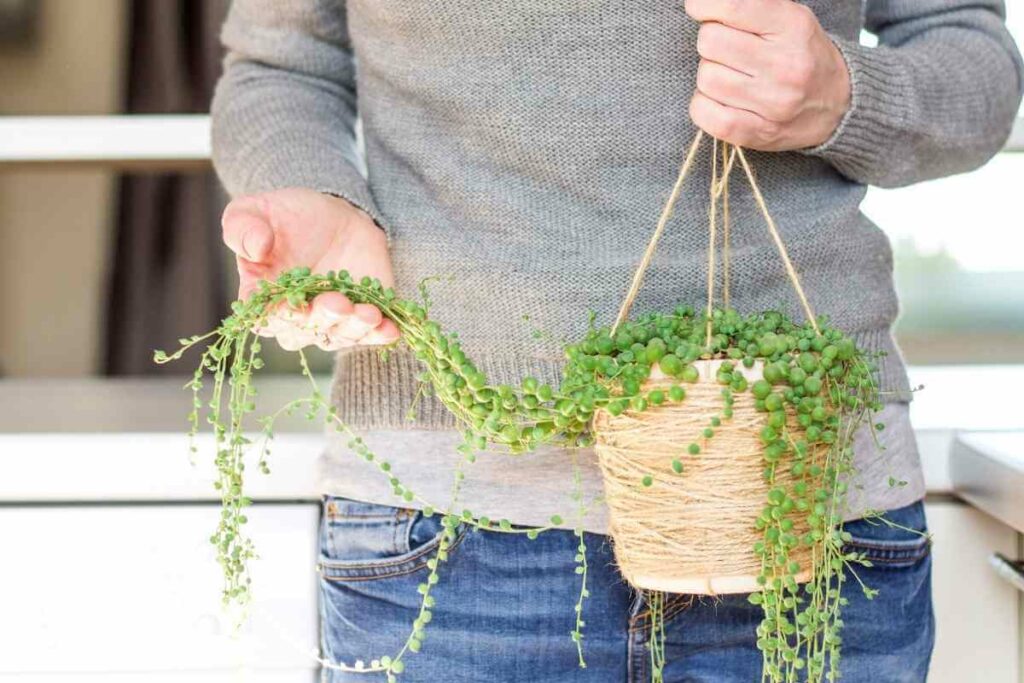
Keep the water spray close to the earth to prevent water from splashing around during watering.
The water collecting saucers at the bottom of hanging plant pots help prevent overwatering.
Once the soil has absorbed enough water, the excess drains out to the saucers signaling you to stop.
Ensure the saucer does not retain moisture frequently, as this can cause the roots to rot.
Final Thoughts
It is pretty tricky to measure the exact water per plant as they differ depending on the type of plant, time of the year, and other natural conditions.
Take proper care of your plants as advised when first growing them. In time, you will be able to determine their water needs effortlessly.
